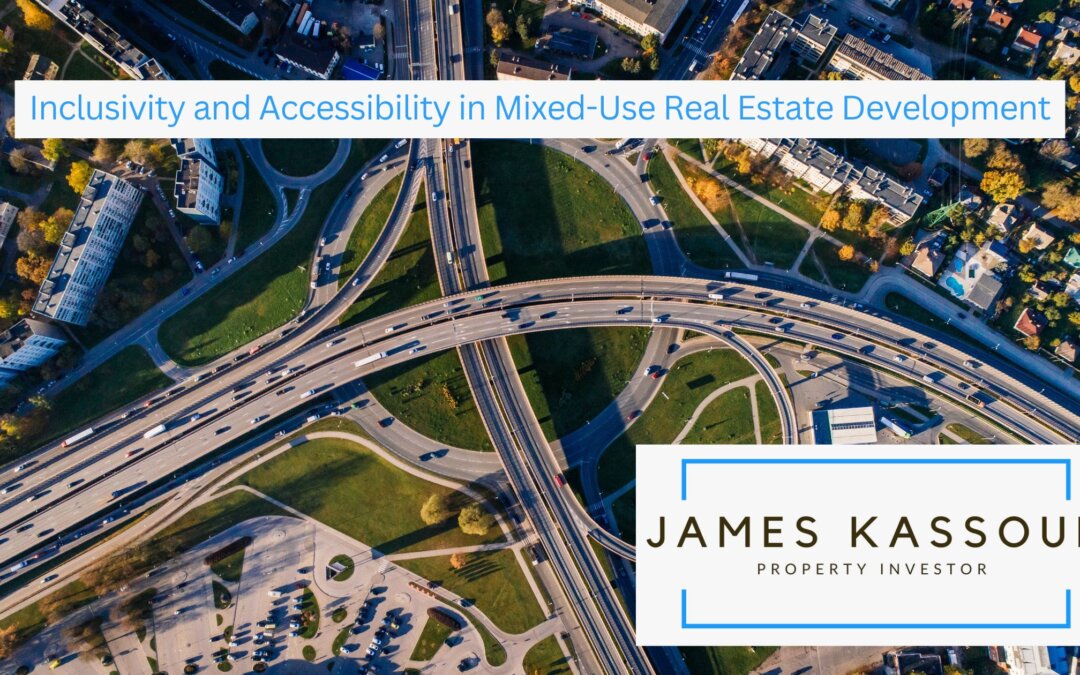In recent years, mixed-use real estate development has grown in popularity. These developments integrate residential, commercial, cultural, and sometimes industrial spaces within a single environment. While they offer a range of benefits, such as convenience, vibrancy, and efficient land use, they must embrace inclusivity and accessibility to serve all community members.
Mixed-use developments emerged as a response to the challenges of urban sprawl, transportation inefficiencies, and the desire for more community-centric designs. Historically, city planning often separated business districts from residential areas. However, with the advent of mixed-use real estate, the lines between work, home, and leisure are increasingly blurred, calling for a more holistic approach that accommodates everyone, irrespective of age, ability, or socio-economic status.
The Importance of Inclusivity in Mixed-Use Developments
For a mixed-use development to truly serve its community, it must be inclusive. This means considering the varied needs of different demographics, from young families and professionals to older adults and those from various cultural backgrounds.
Economic Inclusivity Beyond architectural considerations, inclusivity also encompasses economic factors. Mixed-use spaces should cater to various income brackets. Offering affordable housing options alongside luxury residences ensures that residents from different socio-economic backgrounds can live, work, and socialize in the same spaces.
Cultural Inclusivity Given the multi-functional nature of these developments, it’s an opportunity to build community cohesion by celebrating different cultures. Spaces can be designed to cater to community events, festivals, and more.
Embracing Accessibility in Design
As mixed-use developments combine various functionalities, accessibility becomes paramount. This not only relates to individuals with disabilities but also to those who might face temporary challenges or are simply aging.
Universal Design The goal is to design areas that are as accessible, understandable, and usable by everyone as feasible. This might include braille or tactile indications, bigger entrances, and ramps.
Technological Integration Today’s tech advancements allow for further accessibility enhancements. Innovative technologies can be integrated, offering voice-activated systems, digital wayfinding solutions, and more.
Flexibility Spaces need to be adaptive. Today’s storage space can be tomorrow’s mini-office. A yoga studio during the day can transform into a community gathering spot in the evening.
The Future of Inclusive and Accessible Mixed-Use Development
As urban populations grow and diversify, it’s evident that mixed-use developments will need to prioritize inclusivity and accessibility even more.
Regulatory Push Many cities worldwide are already enforcing inclusivity and accessibility guidelines for new developments. This regulatory framework will likely become more stringent, reflecting the collective push for a more inclusive urban future.
Community Participation Future design processes will benefit from community input, ensuring the population’s diverse needs are met. By involving potential users in planning, developers can ensure spaces resonate with and serve the people they’re meant for.
Inclusivity and accessibility aren’t just buzzwords in mixed-use real estate development. They’re fundamental principles that ensure these spaces truly serve the diverse communities they’re set in. By prioritizing these values, developers cater to a broader range of users and enrich the urban fabric, fostering a sense of belonging and community for all. As the cities of tomorrow take shape, these principles will be at the heart of their design.

